Maria Saygua André


As part of the first phase of the residency at CC Westrand in April 2025, alongside Laura De Cloedts, we developed a project centered around Andean celebrations, offerings, and dreams with a young audience. I had the opportunity to share my culture and certain traditional practices, such as the celebration of Ekeko, the Andean god of Abundance. To begin the week, we invited the children to reflect on their own relationships with celebrations (dances, traditions, celebrations), grounding the work in their personal experiences.
Manual explorations
The children were then guided in creating their own celebration «scenarios,» playing with various scales, from very small to very large drawings. Through a series of hands-on workshops, they immersed themselves in my ritual-based artistic practice, experimenting with a range of materials: paper, oils, pigments, clay…
I observed that the children needed a narrative context to fully engage in the creative process. While they were generally very enthusiastic, their attentions were short, which led us to adapt our approach to suit their rhythm and energy.
Spatialization
From the very first day, the children were invited to interact with some of my spatial research pieces to familiarize themselves with our shared playground: the feesthal, a large event hall provided for the residency. This gave us a guiding thread, helping them understand our goal : to decorate and activate the space with their own creations.
Spatial composition was not always easy for the children, maybe due to our different perceptions of the space, but it became an important moment of collective creation (because everybody was involved in).
Rituality
We placed great importance on establishing connections between natural elements (flowers, stones, gathered materials) and the objects the children created, in the form of a small offering — either to the Earth or to themselves. During the final presentation, each child was able to take home selected drawings and a small offreing bag, well-filled. I felt they were genuinely receptive to this gesture and the ritual dimension of the work.
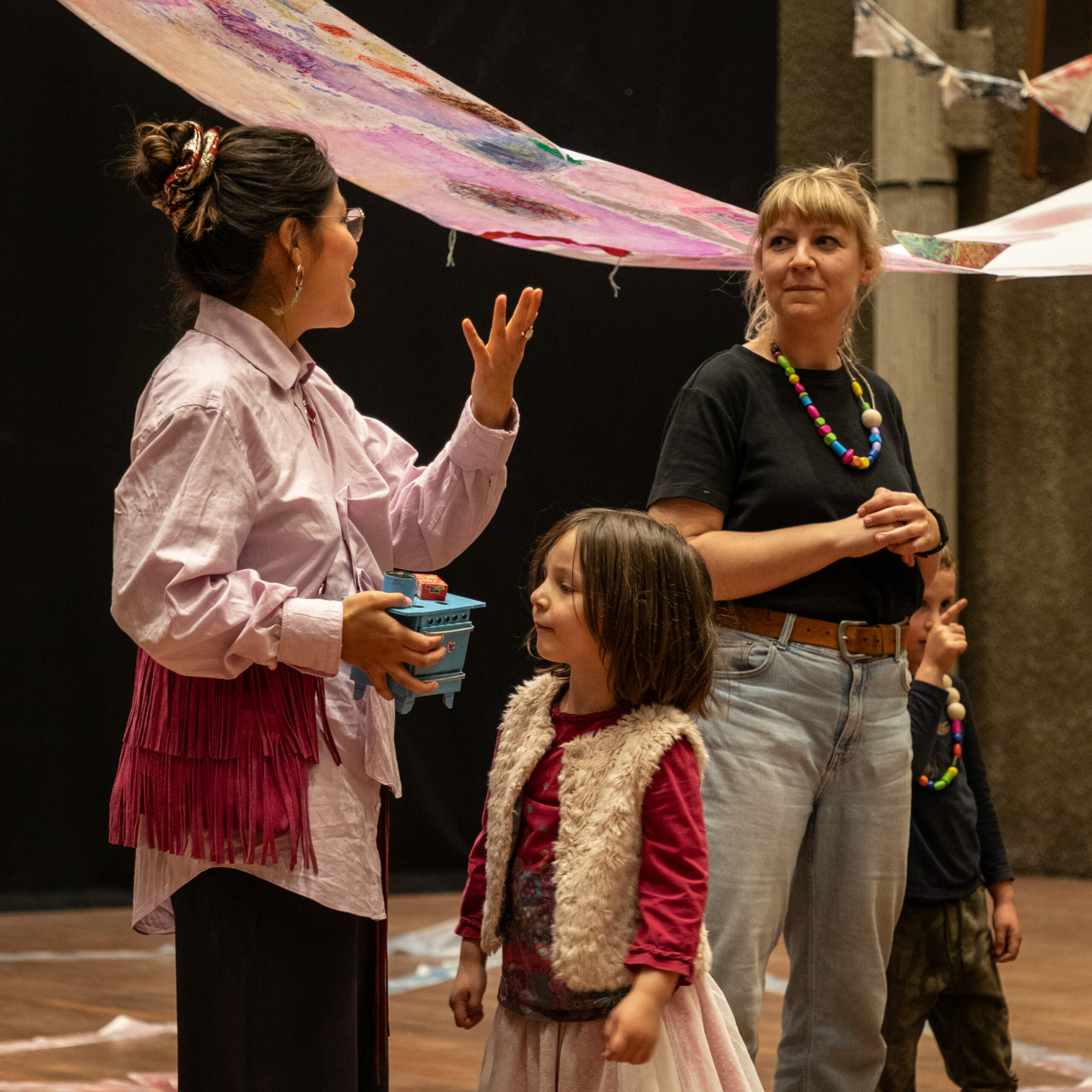
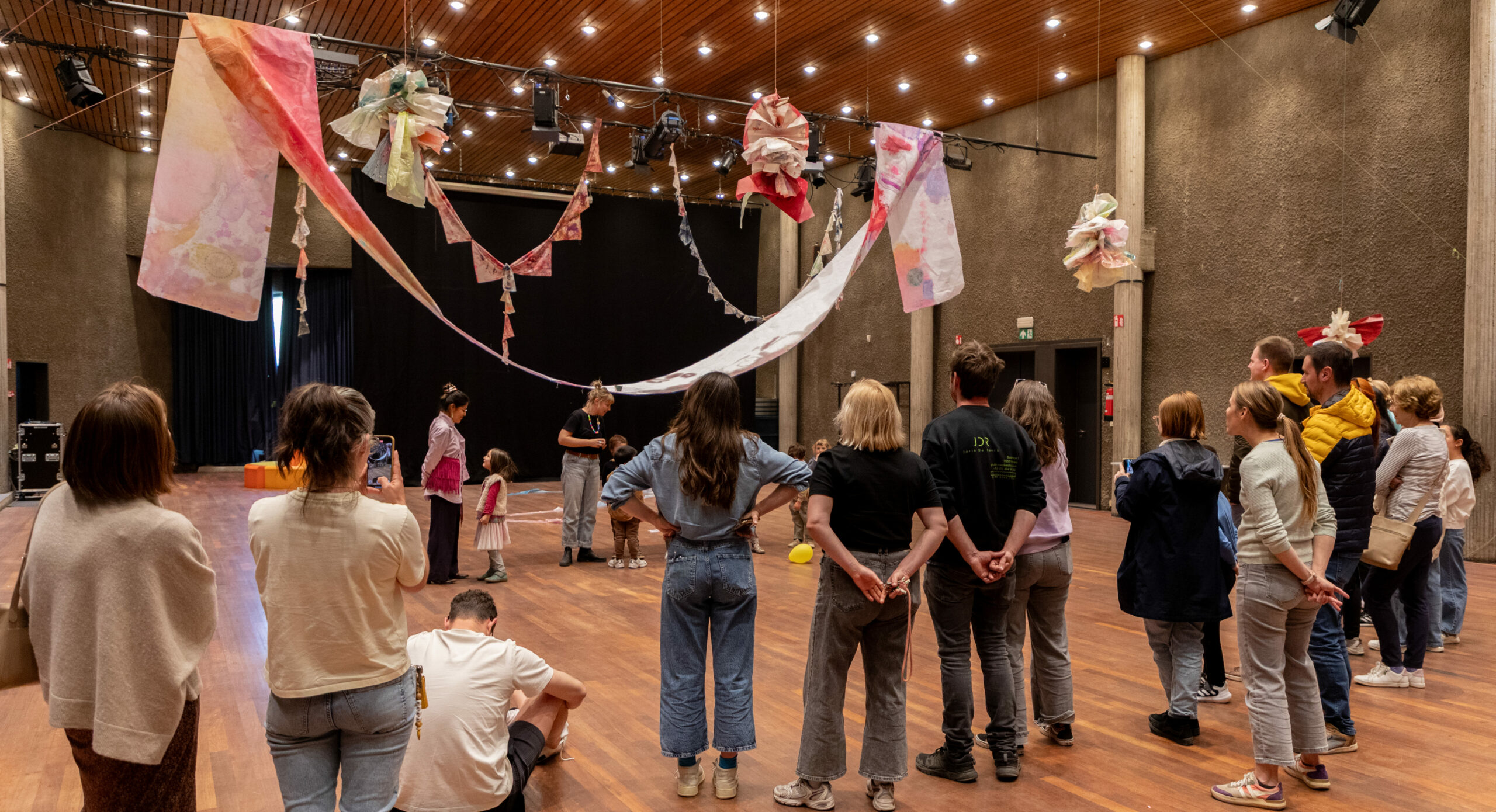
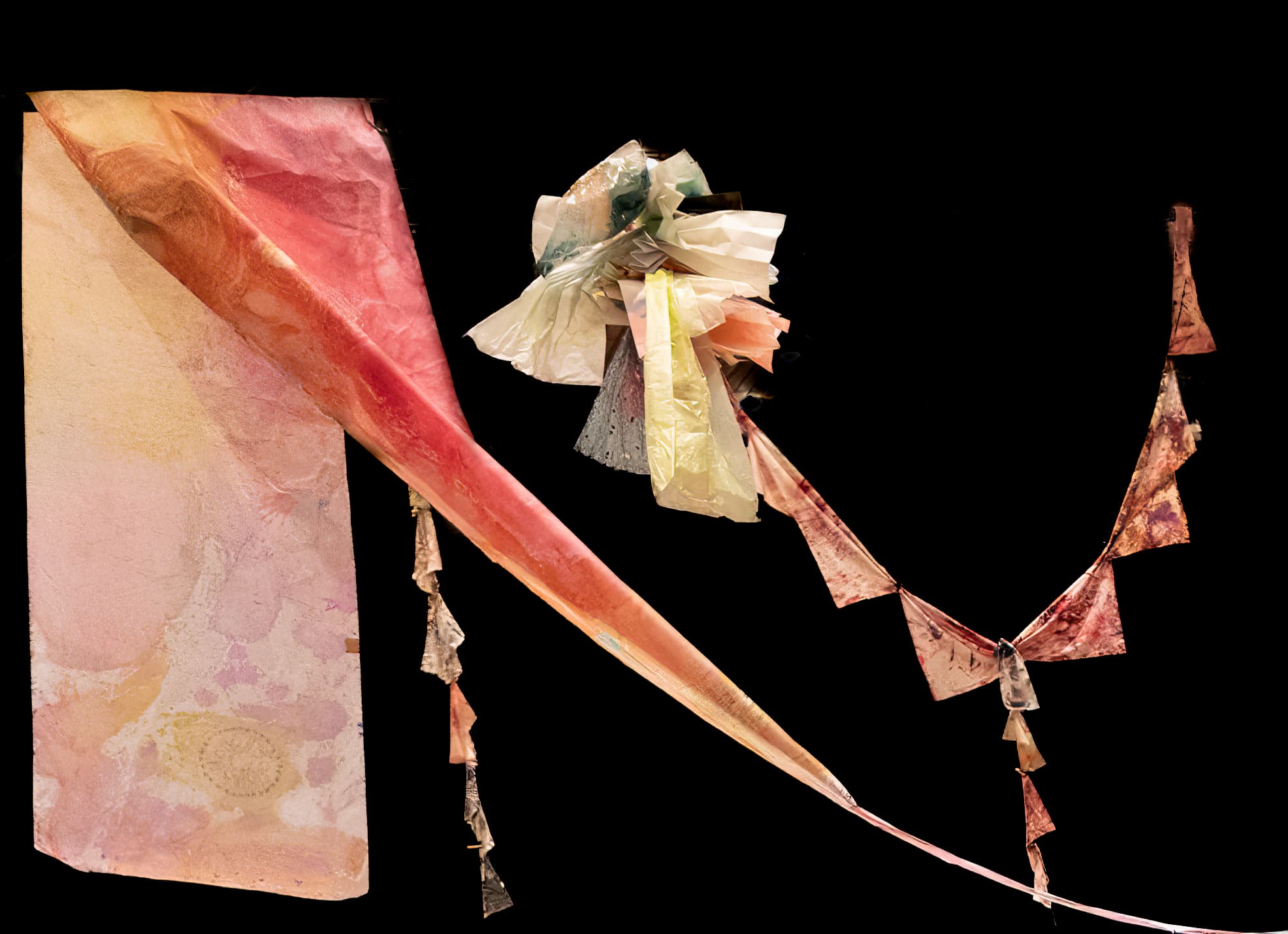
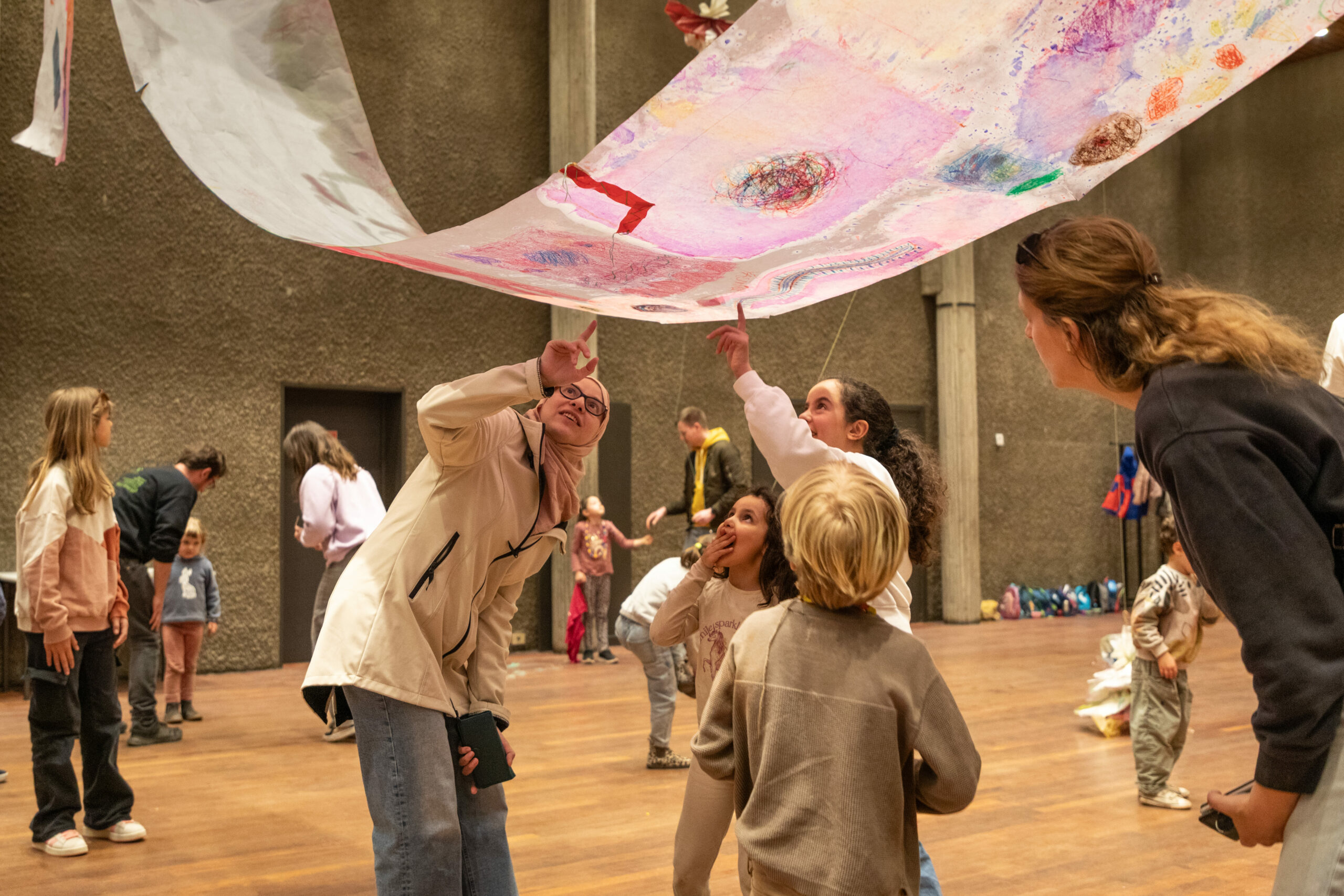
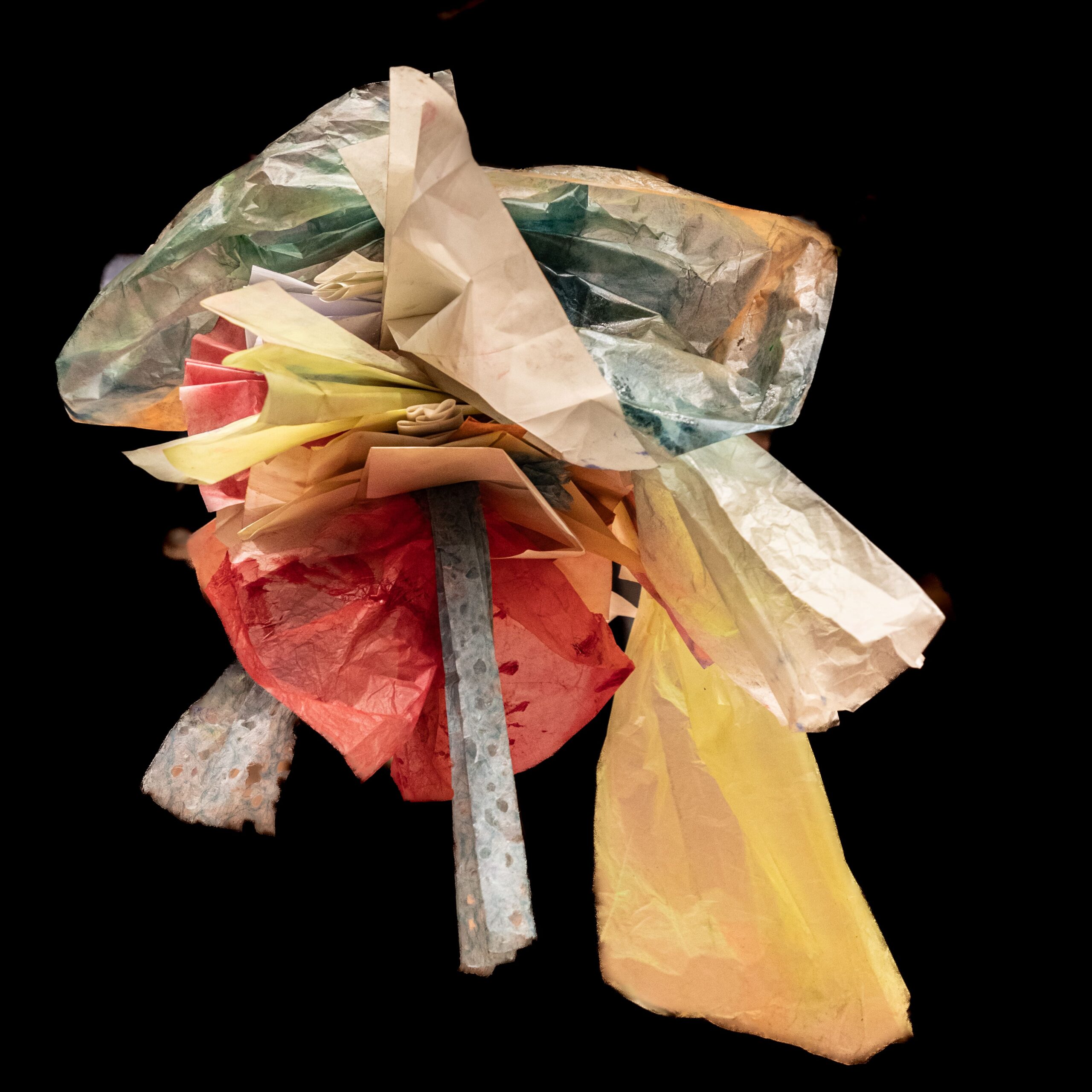
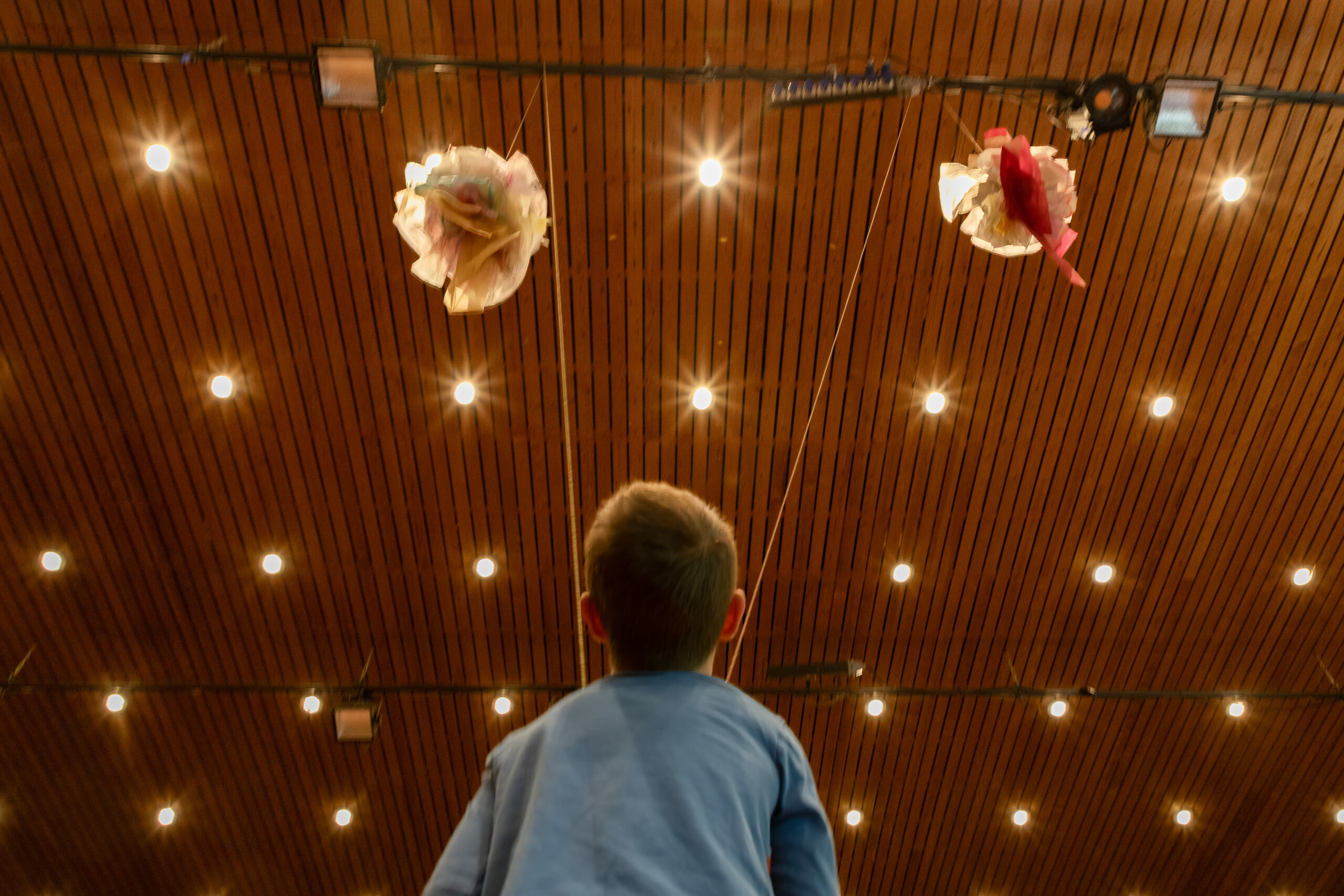
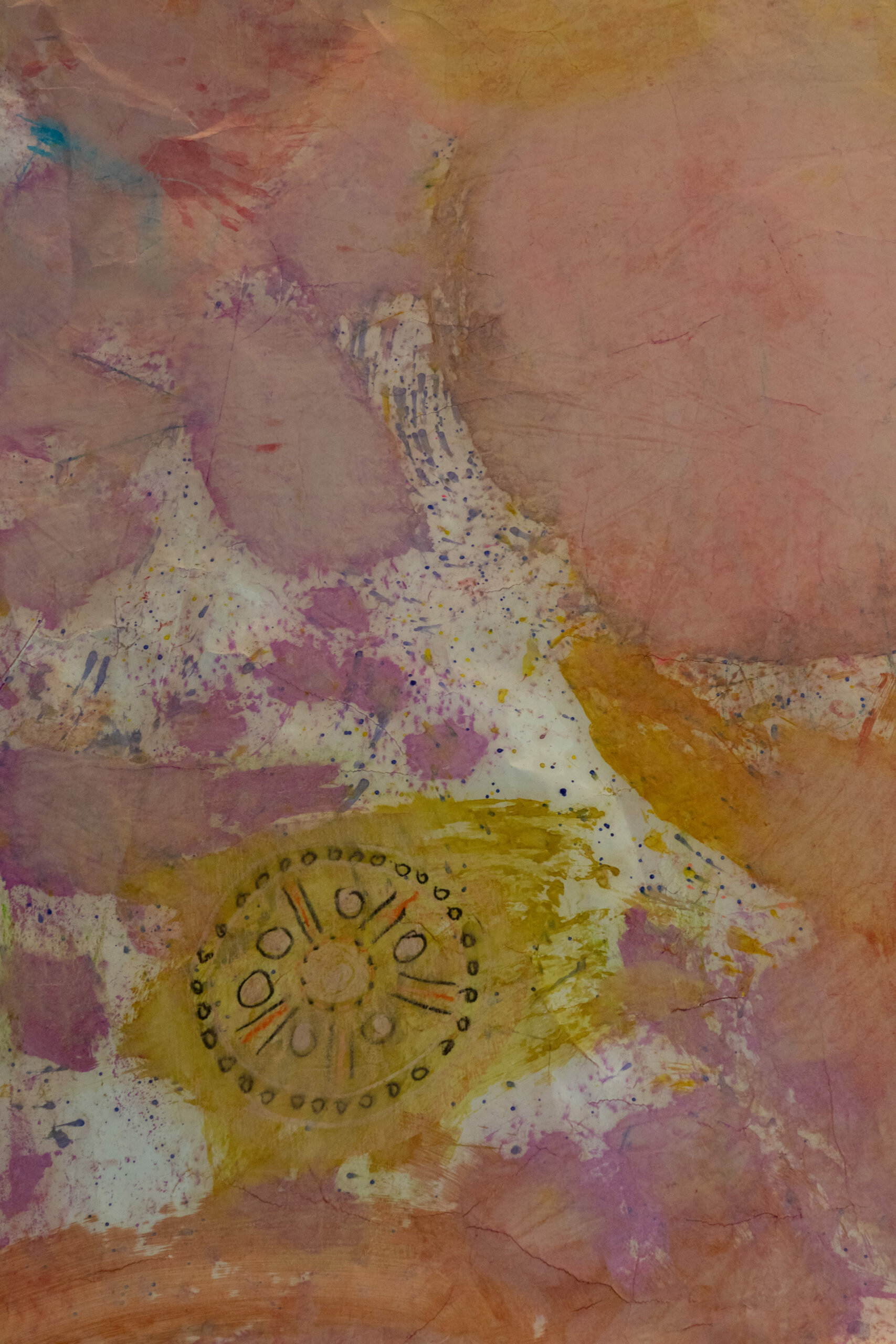
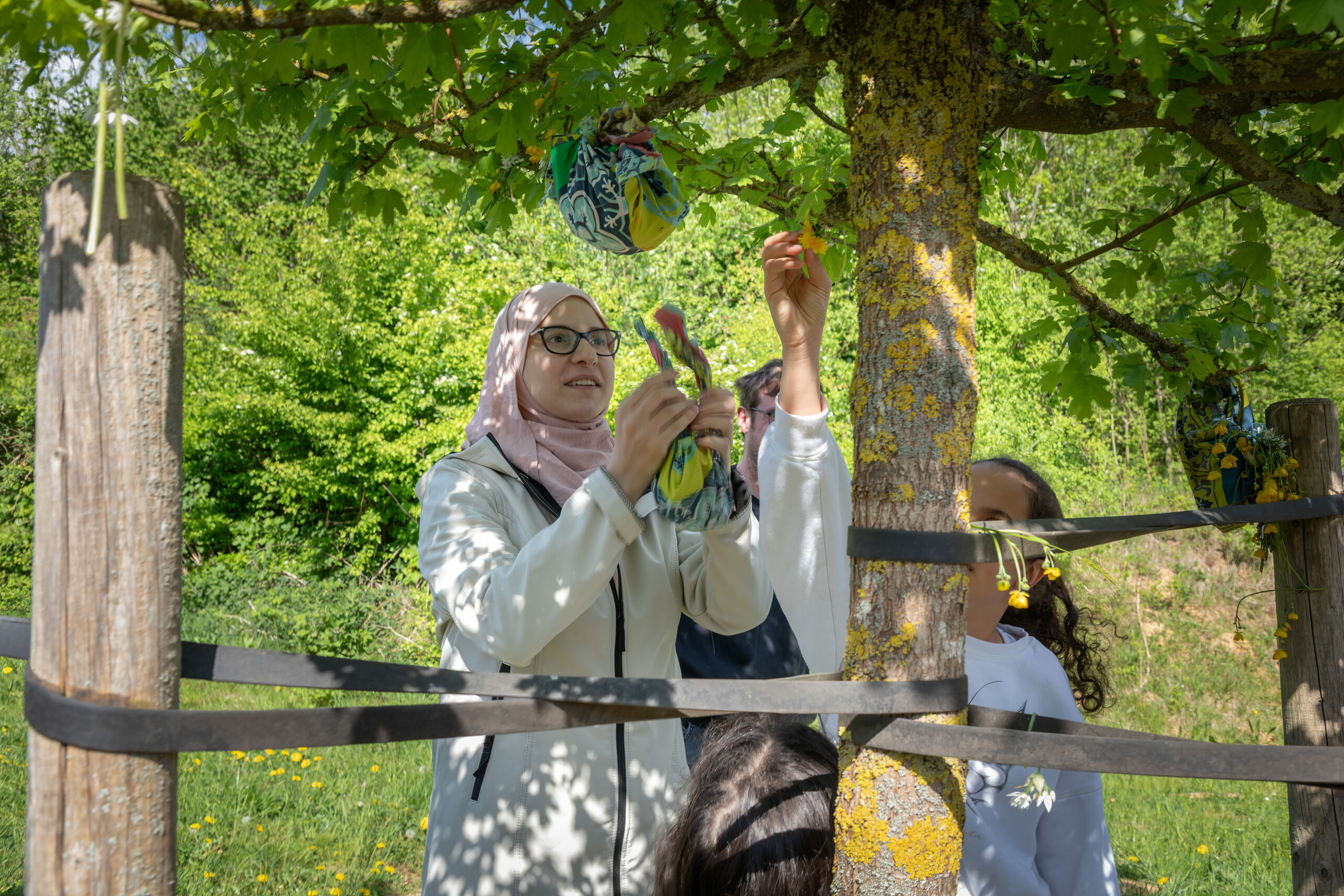

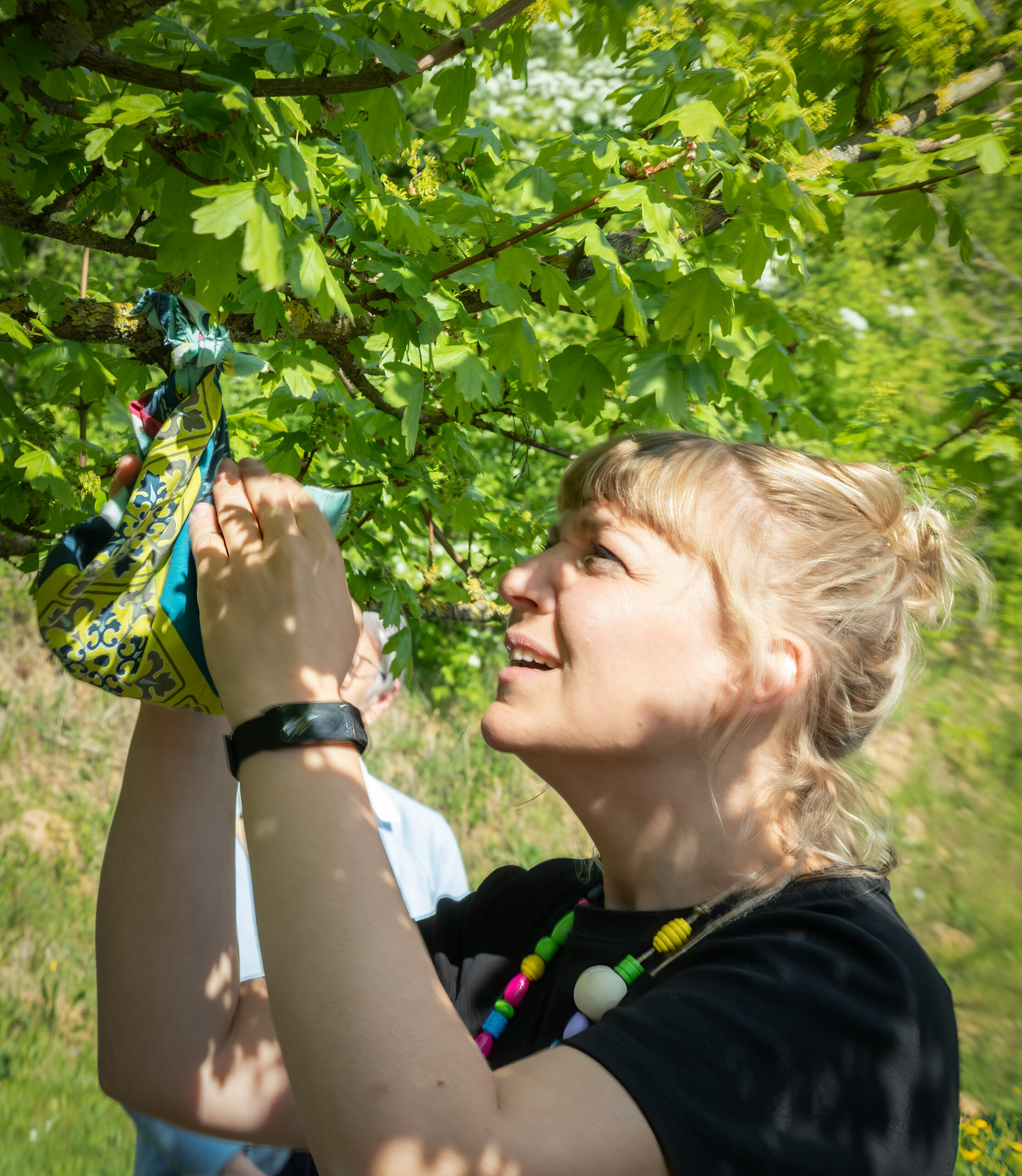
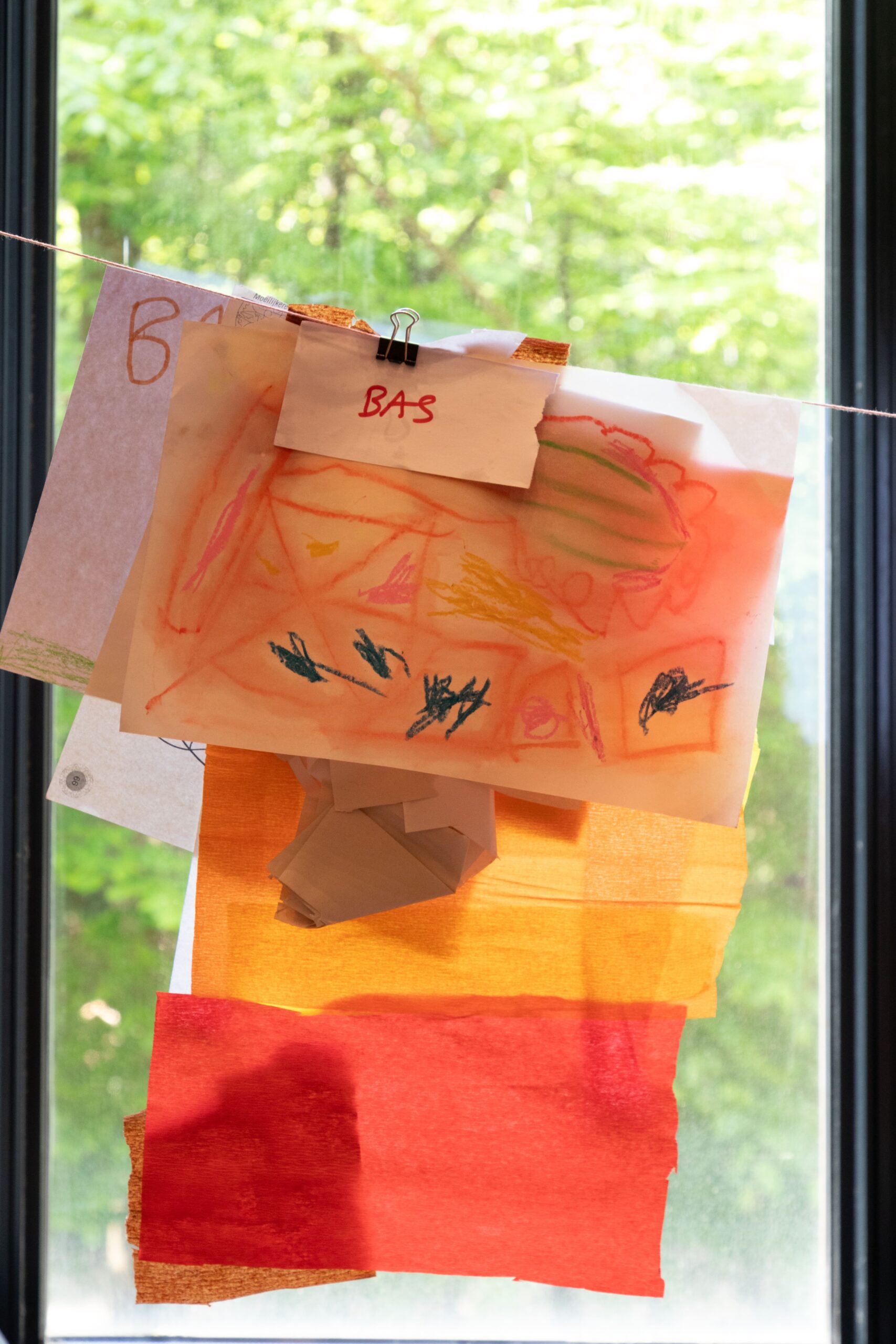
As part of the first phase of the residency at CC Westrand in April 2025, alongside Laura De Cloedts, we developed a project centered around Andean celebrations, offerings, and dreams with a young audience. I had the opportunity to share my culture and certain traditional practices, such as the celebration of Ekeko, the Andean god of Abundance. To begin the week, we invited the children to reflect on their own relationships with celebrations (dances, traditions, celebrations), grounding the work in their personal experiences.
Manual explorations
The children were then guided in creating their own celebration «scenarios,» playing with various scales, from very small to very large drawings. Through a series of hands-on workshops, they immersed themselves in my ritual-based artistic practice, experimenting with a range of materials: paper, oils, pigments, clay…
I observed that the children needed a narrative context to fully engage in the creative process. While they were generally very enthusiastic, their attentions were short, which led us to adapt our approach to suit their rhythm and energy.
Spatialization
From the very first day, the children were invited to interact with some of my spatial research pieces to familiarize themselves with our shared playground: the feesthal, a large event hall provided for the residency. This gave us a guiding thread, helping them understand our goal : to decorate and activate the space with their own creations.
Spatial composition was not always easy for the children, maybe due to our different perceptions of the space, but it became an important moment of collective creation (because everybody was involved in).
Rituality
We placed great importance on establishing connections between natural elements (flowers, stones, gathered materials) and the objects the children created, in the form of a small offering — either to the Earth or to themselves. During the final presentation, each child was able to take home selected drawings and a small offreing bag, well-filled. I felt they were genuinely receptive to this gesture and the ritual dimension of the work.










